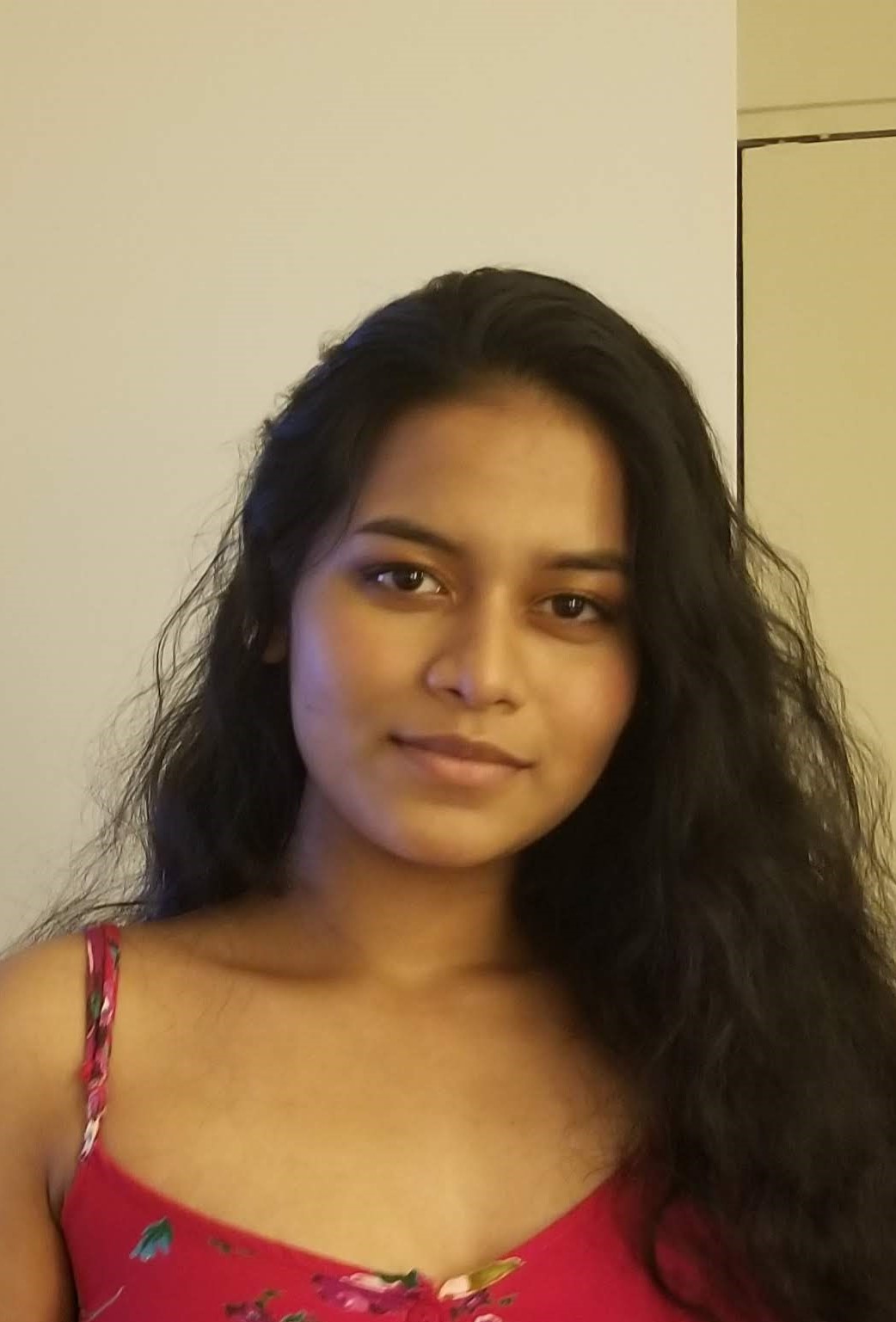Live Poster Session: Zoom Link
Thursday, July 30th 1:15-2:30pm EDT
Abstract: Our current method of analyzing vertebrae under the microscope uses calcein and alzarine staining to visualize calcified mass. Despite the success of this method, it has limitations like the scales, which block the view of the vertebrae in older fish. Human vertebrae is commonly visualized through X-ray computed tomography or CAT scans. By using micro CAT (uCT) scans on model vertebrae, we can collect data beyond the constraints of age and the position of the fish under the microscope and gain information such as the 3D view of the skeleton, bone density, and shape of spines and ribs for future projects. We use MeshLab, a free online program, to convert these uCT scans into three different formats: the vertebrae with spines and ribs attached, the vertebrae only, and a colored and labeled vertebrae following the system used in Bird et al. We also created an efficient scoring method that will allow us to directly compare uCT data with microscopy data for future projects. We include pictures of the different formats of uCT scans along with an explanation of the conversion procedure. We also make comparisons in data between the side of the vertebrae scored, when it’s scored, and who scores it to show our method of scoring vertebrae in Meshlab is replicable across the board.
Techniques-of-uCT-Manipulation-to-Visualize-Vertebrae-Sarah-ShehreenLive Poster Session: Zoom Link
Thursday, July 30th 1:15-2:30pm EDT



What a cool set method for morphological studies of vertebrae.